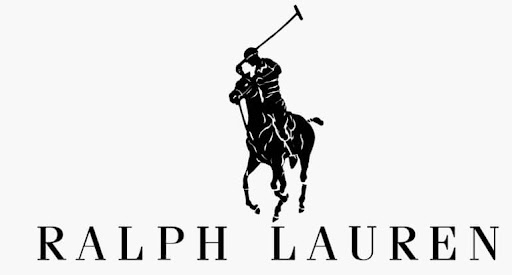Do you want to differentiate your business and logo design from your competitors? Then the answer might be an art logo! But what makes it so unique and what are the steps you should follow? In this short blog post, we will answer precisely these questions so that you can start designing your creative art logo right away!

What makes an art logo unique?
The first thing that strikes you when looking at an art logo is the creative and artistic approach that sets it apart from other logos. Creative art logos often incorporate unique visual elements. This includes things such as hand-drawn illustrations or abstract shapes. The choice of colors and font also plays an important role in conveying the message of your business through such logo design. Even if one assumes that artistic logos can only be found in the art industry, other industries have discovered the benefits of such designs for themselves. For example, the fashion industry makes use of this. Let’s look at the logo design of the designer brand Ralph Lauren:

Source: https://blog.logomyway.com/ralph-lauren-logo/
Their logo features a graphic motif of a polo player on horseback, which has become an iconic symbol of the brand. The way the polo player is represented adds a sense of artistic quality to the design. This creates a feeling of luxury and elegance, which is also connected to the core values of Ralph Lauren. Sometimes they use this logo with colors, but it works just as well in black and white.
How to design an art logo?
1. The canvas of your artful logo: Your brand personality
Speaking of core values, it is essential to identify what your business stands for in the first step of designing your art logo. This includes defining your brand personality and target audience. After all, your art logo should represent your beliefs and the interests of your customers. Then you can consider how you want to incorporate artful elements in your design to communicate the essence of your brand.
2. Gallery of ideas: Brainstorming for your artistic logo
Before you start designing your art logo, you should allocate enough time for research. Take a look around businesses that are operating within your industry and what types of logos they chose. Think about how you could differentiate yourself with an art logo and become unique. To find inspiration for your logo style and artistic elements, you could check out design exhibitions or art galleries for example. In brainstorming sessions with your team, you can then bring your generated ideas together and develop them further into a creative art logo!
3. Painting your brand: Colors and typography
The next parameters you need to consider for your logo are colors and typography. When choosing colors, you should consider the emotions and associations that these can evoke in people. Even if many assume that an art logo is characterized by a versatile choice of colors, monochrome logos can also exude an artistic touch. Pick the colors that truly represent your business and avoid trying to be something you’re not, just to stand out.
The choice of typography is also important as it can impact the legibility and overall visual appeal of your logo. If you are aiming for a logo striving for classiness, such as the previous logo of the Metropolitan Museum of Art in New York, serif fonts can be the right fit for you. Now they decided to go with a more static logo, to address a broader audience.
Meanwhile, sans-serif fonts are often connected to modern art. A good example of this is the logo of Coco Chanel, which conveys a timeless elegance with its font.



4. Transforming your ideas into art: Create a first sketch
From here you can start designing your first sketches. There are some useful software that you can use for this. For example, Adobe Illustrator or Photoshop can be helpful to capture your artistic ideas. Furthermore, think about taking the advice of a professional logo designer into consideration as well. At The Logo Company, we have years of experience in logo design and look forward to helping you visualize your art logo ideas!
5. Beyond the brushstrokes: Choose a format
Once you have finished your art logo design, you should think about the format you want to convert it to. There are a variety of file formats you can choose from. Important to note here is that different needs require different file formats. While vector files might be more beneficial for printing your art logo, raster images, such as PNG, can support lossless data compression. If you want to know more about what different file formats can do for you, check out our blog post here!
6. Shaping your masterpiece: Collect feedback and finalize your art logo
After realizing the first draft of your art logo, you should collect feedback. Ask customers or other parties of interest, about their opinion of your design. Do they feel that this logo fits your business? Are there any other things, such as the ambiguity of used artful symbols, that you might not have thought of? In order to be able to answer such things, it is always good to get an outside perspective. Designing an art logo from start to end takes a lot of energy and sometimes you can get lost in the process. That’s why feedback is essential to adapt and finalize your art logo draft accordingly! We at The Logo Company will accompany you throughout the entire process and assist you with our knowledge.
Wrapping it up: Things to keep in mind for designing your art logo
But before you start designing your art logo, we will summarize again what you need to consider: Designing an art logo takes time and cannot be done overnight. Make sure you allocate enough time for the process to embrace your creativity. But creativity alone is not enough. Be sure to choose colors, fonts, and artistic elements with care and awareness of their meaning. Also get help from outside, in the form of a designer or customer opinions, to design a professional, customer-oriented art logo. But the most important thing is to stay true to yourself and stay consistent with your brand. If you follow these steps you can take your logo design to the next level and dazzle with your artistic design!
